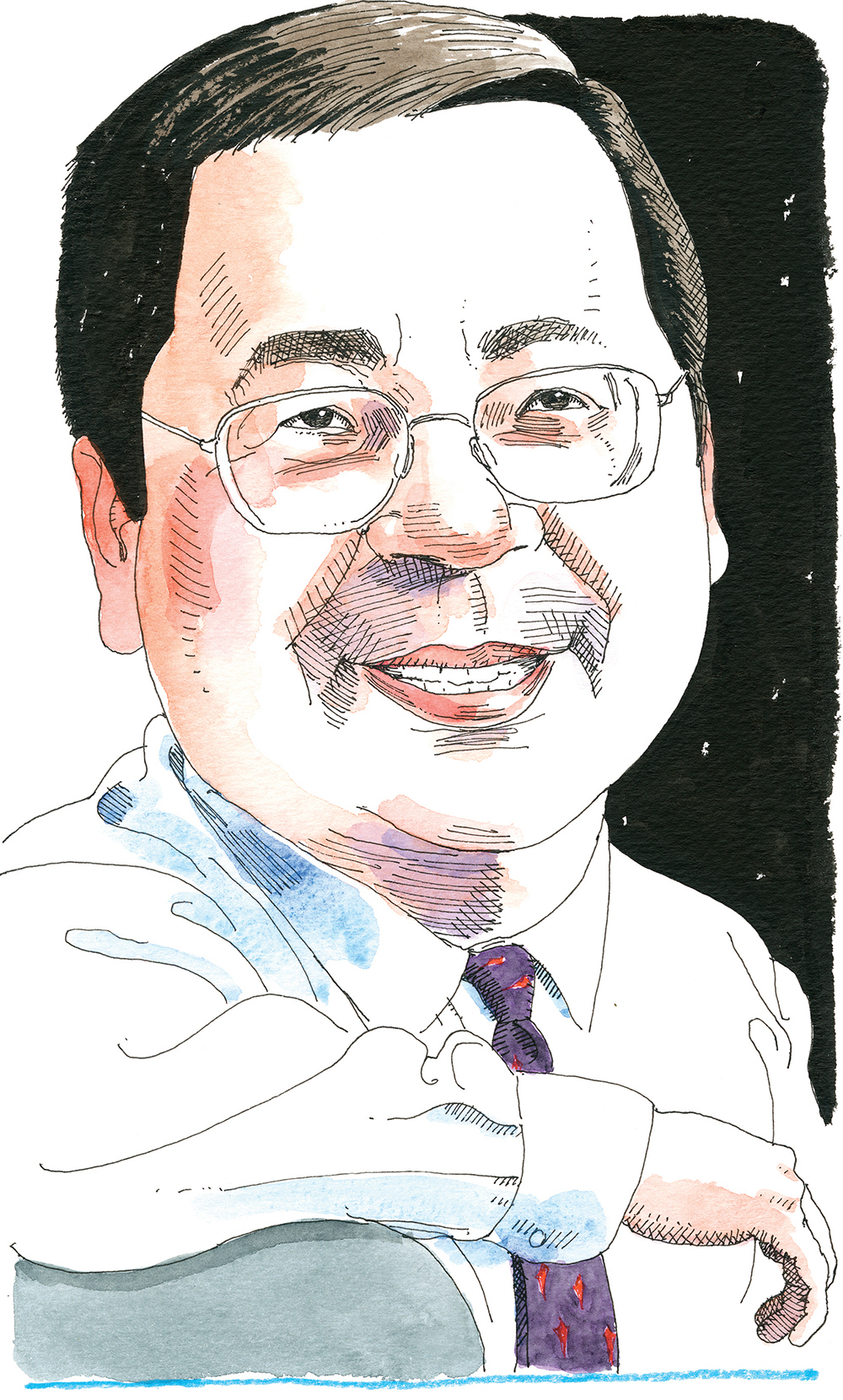Pocket Résumé
Diplomas: Stanford University, AB; University of California at Berkeley, MS; Harvard University, MOH; University of California San Francisco School of Medicine, MD; Yale University, JD. Empirical Legal Studies: Co-investigator in a research consortium of academics from Boston College, Northeastern, and Harvard with $1.2 million annual grant funding from the US government and Harvard to study the impact of hospital policies and practices on employee health and safety and the delivery of patient care. Interests: Law, science, and medicine; scientific evidence in the courtroom; health care policy. Public Service: Chair, Health Care Services Board of the Massachusetts Department of Industrial Accidents; Chief, Occupational and Environmental Medicine for Massachusetts General Hospital and Brigham & Women’s Hospital.
The Idea: Opioid overdoses are the leading cause of death among Massachusetts adults—and the rates keep climbing. An early, large scale empirical research study published in 2011 by Professor Dean Hashimoto revealed disturbing news: Of seventeen states, Massachusetts had the highest utilization of prescription opioids, which closely correlated to the state medical board’s heavy promotion of opioids for pain treatment.
The Story: Dean Hashimoto, a law professor and physician, is a legal empiricist: The focus of his research is on collecting and analyzing data to shed light on significant health care issues and to develop evidence-based policy reforms. In one of his many public service roles, Hashimoto has been chair, since 1998, of the Health Care Services Board of the Massachusetts Department of Industrial Accidents, the state’s workers compensation agency. This position gives him ready access to detailed medical data which, when analyzed, can reveal new trends in health care not only for injured workers but also for health care more generally.
Hashimoto knew that insurers and employers were concerned about the financial costs of the growing impact of longer term opioid treatments on workers compensation claims. So, in 2009, with colleagues Dongchun Wang at the Workers Compensation Research Institute in Cambridge, and Kathryn Mueller from the workers compensation bureau of Colorado’s Department of Labor and Employment, Hashimoto combed through 75,000 nonsurgical workers compensation claims from seventeen states for the years 2006 through 2008. “We found marked state-by-state differences in the amount of opioids received by injured workers and the number of workers who continued to receive prescriptions after six months,” Hashimoto says. “Our most surprising finding was that Massachusetts doctors prescribed an unusually large amount of opioids compared to other states.”
The study found that, compared to other states, Massachusetts doctors were prescribing stronger opioids at higher doses and in higher amounts per claim.
Massachusetts’ poor showing was a departure from its otherwise excellent health care system for injured workers. A 2007 study by Hashimoto showed that the Massachusetts workers compensation system had the best medical treatment and outcomes and the lowest costs in the country. Hashimoto traces these successes to 1991 reforms that established an impartial medical examiner system and medical advisory board, reforms that he had a hand in implementing.
Hashimoto’s 2011 opioid study was among the first to compare the range of opioid treatment patterns across a number of states. It was the first to evaluate 1) the number of prescriptions, number of pills, and frequency of doses for short and longer term treatments; 2) the number of treatments that followed the recommendations of national guidelines; and 3) the association between the promotion of pain recognition and treatment in state statutes and regulations and the high utilization of opioids.
The study found that, compared to other states, Massachusetts doctors were prescribing stronger opioids at higher doses and in higher amounts per claim. Massachusetts also had higher than average numbers of cases with opioids prescribed six months after an injury. Massachusetts doctors, it turned out, were not following the more restrained national treatment guidelines in prescribing opioids. Hashimoto’s study further revealed an association between how strongly state regulators promoted opioid treatments and the dispensing of opioids by physicians.
The rise in opioid prescriptions had come from a well-meaning place. In the 1990s, the medical profession started responding to calls for reform in the way physicians treated pain. “Part of the movement was centered on encouraging regulators, especially boards of medicine, to more freely allow the dispensing of opioids,” Hashimoto says. As in so many things medical, Massachusetts took the lead.
The results have been devastating. Opioid-related deaths have been climbing in the Commonwealth. There were 684 opioid deaths in the first half of 2015, a 6 percent increase over the same period the previous year. By comparison: In 2013, 967 people died from overdoses, while 371 died from motor vehicle accidents.
A Key Empirical Finding: Hashimoto’s 2011 study found that Midwestern states were not experiencing the same level of opioid addiction. They were prescribing opioids in quantities similar to other states, but they had far fewer people who were still taking them six months later. “Looking at those treatment patterns, it appears that it is probably all right in the acute stage to provide a limited amount of opioids, but the key is to be restrained about it and, after two to four weeks, to end it in nearly all cases,” Hashimoto says.
Policy Impact: Based on these findings, the workers compensation medical advisory board issued one of the first treatment guidelines in the country addressing the appropriate role of opioid prescriptions for chronic pain, and is about to issue a new guideline on treating acute and subacute pain. Because of the natural, multi-year progression from prescription to addiction to overdose and death, it will take time to see the health impact of these policy changes.



